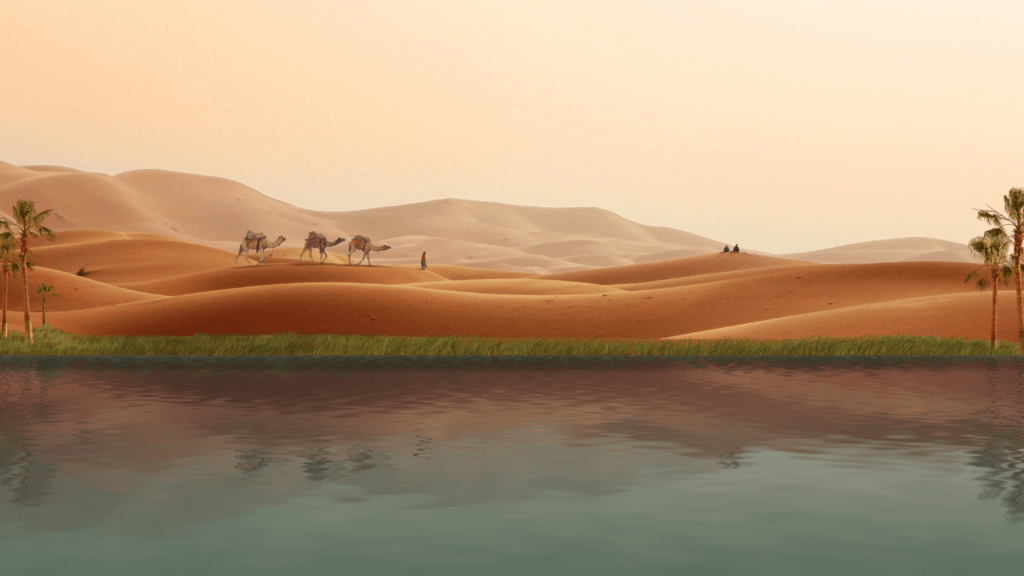Living in a bustling city often means navigating through a sea of concrete and steel. However, amidst the urban landscape, green spaces play a vital role in enhancing the quality of life for city dwellers. In my exploration of urban parks, I’ve discovered how these oases offer a breath of fresh air, a place to unwind, and a sanctuary for both humans and wildlife.
As I delve into the world of urban parks, I’ll share insights on how these green havens are meticulously designed to harmoniously coexist with the surrounding cityscape. From innovative landscape architecture to sustainable practices, urban parks are not just patches of grass; they are carefully crafted environments that promote well-being and community engagement. Join me on a journey to uncover the magic of urban parks and their significance in creating a healthier and happier urban environment.
The Importance of Urban Parks
Urban parks play a vital role in enhancing the well-being of city residents. They provide a myriad of benefits that contribute to a healthier and happier urban environment. Let’s explore the significance of urban parks in more detail under the following subheadings:
Benefits to Mental Health
Urban parks offer a welcome escape from the hustle and bustle of city life. These green oases provide a peaceful retreat where individuals can relax, de-stress, and recharge amidst nature. Spending time in urban parks has been linked to reduced anxiety, improved mood, and enhanced mental well-being. It’s a place where one can find solace and tranquility amid the urban chaos.
Environmental Significance
In addition to their positive impact on mental health, urban parks also play a crucial role in maintaining ecological balance within cities. They act as green lungs, absorbing carbon dioxide and pollutants, and releasing oxygen into the atmosphere. Urban parks provide habitat for various plant and animal species, promoting biodiversity in urban areas. By preserving green spaces, cities can mitigate the effects of urbanization on the environment and create sustainable ecosystems for future generations.
Key Features of Successful Urban Parks
Urban parks serve as essential green spaces in bustling cities, contributing significantly to the well-being of city dwellers. These parks are carefully designed to integrate seamlessly with the urban landscape while providing numerous benefits for both people and the environment.
Accessibility and Connectivity
In successful urban parks, accessibility is paramount. They should be easily reachable by public transportation, biking, or walking to ensure that all residents can enjoy these green spaces without encountering barriers. Connective pathways and well-defined entrances enhance the park’s integration with the surrounding community, inviting visitors to explore and engage with nature effortlessly.
Diverse Facilities and Activities
A key feature of successful urban parks is the provision of diverse facilities and activities that cater to the varied needs and interests of park visitors. From playgrounds and sports fields to picnic areas and cultural amenities, these parks offer opportunities for recreation, relaxation, and social interaction. Including facilities for all age groups and interests fosters a sense of inclusivity and ensures that urban parks remain vibrant hubs of community life.
Challenges in Developing Urban Parks
When it comes to developing urban parks, several challenges need to be addressed to ensure the successful creation and maintenance of green spaces within bustling city environments.
- Land Use Conflicts
In urban areas, land is a precious commodity, often leading to conflicts between the need for green spaces and the demand for other developments such as housing, commercial buildings, or infrastructure projects. Balancing these competing interests requires comprehensive urban planning strategies that prioritize the preservation and creation of urban parks to maintain environmental sustainability and quality of life for residents. - Funding and Maintenance Issues
Securing adequate funding for the establishment and upkeep of urban parks can be a major hurdle. Municipal budgets are often stretched thin, making it challenging to allocate sufficient resources for park development, landscaping, amenities, and ongoing maintenance. Additionally, ensuring long-term maintenance and management of urban parks is crucial to prevent neglect and degradation of these vital community assets. Sustainable funding models and public-private partnerships can help address these financial constraints and ensure the sustainability of urban parks for future generations.
Global Examples of Urban Parks
Exploring global examples of urban parks showcases the diverse approaches cities take in creating green spaces within their urban landscapes. Here are a few iconic urban parks that have successfully integrated nature into bustling city environments.
Central Park, New York City
Central Park in New York City stands as a prime example of an urban oasis within a densely populated metropolis. With its sprawling lawns, scenic pathways, and picturesque lakes, Central Park offers residents and visitors a tranquil escape from the urban hustle and bustle. This iconic park serves as a recreational hub, hosting various events and activities throughout the year, contributing to the well-being of New Yorkers.
Hyde Park, London
Hyde Park, located in the heart of London, is renowned for its vast green spaces and historic charm. As one of the Royal Parks of London, Hyde Park provides a harmonious blend of nature and culture, offering visitors a place to relax, exercise, and enjoy recreational facilities. The park’s serene lakes, majestic trees, and open fields attract millions of visitors annually, making it a vital green lung in the busy city center.
Innovative Trends in Urban Park Design
In recent years, urban park design has witnessed a shift towards incorporating innovative trends to better serve communities and the environment. Let’s explore two key aspects driving this evolution.
Incorporation of Sustainable Practices
Urban parks are increasingly integrating sustainable practices to reduce environmental impact and enhance ecological benefits. From green infrastructure like rain gardens and permeable pavements to energy-efficient lighting solutions, these parks are designed to mitigate urban heat islands and manage stormwater more effectively. By incorporating native plant species and emphasizing biodiversity, urban parks contribute to ecosystem preservation and support local wildlife populations. Embracing sustainable practices not only improves environmental stewardship but also creates healthier and more resilient park spaces for urban residents to enjoy.
Community-Led Design Initiatives
Community-led design initiatives are playing a pivotal role in shaping the future of urban park development. Engaging local residents, stakeholders, and advocacy groups in the design process ensures that parks reflect the diverse needs and preferences of the community. Collaborative approaches empower residents to voice their ideas, concerns, and aspirations for the park, fostering a sense of ownership and belonging. By incorporating elements suggested by the community, such as cultural landmarks, public art installations, or inclusive recreational facilities, urban parks become vibrant spaces that truly resonate with the people they serve. Community-led design initiatives not only enhance park usability but also strengthen social cohesion and foster a sense of community pride.

 Gabriella Irvine is a dedicated team member contributing to the growth and development of the project. With a background in environmental science, she brings valuable insights into sustainable practices and community engagement. Gabriella's passion for urban sustainability drives her to collaborate closely with other team members, ensuring that innovative strategies are effectively implemented. Her commitment to education and outreach helps empower individuals and communities to adopt eco-friendly lifestyles, making her an essential asset in fostering positive change within the project.
Gabriella Irvine is a dedicated team member contributing to the growth and development of the project. With a background in environmental science, she brings valuable insights into sustainable practices and community engagement. Gabriella's passion for urban sustainability drives her to collaborate closely with other team members, ensuring that innovative strategies are effectively implemented. Her commitment to education and outreach helps empower individuals and communities to adopt eco-friendly lifestyles, making her an essential asset in fostering positive change within the project.